Home>Gardening & Outdoor>Landscaping Ideas>What Kind Of Grass Is St. Augustine
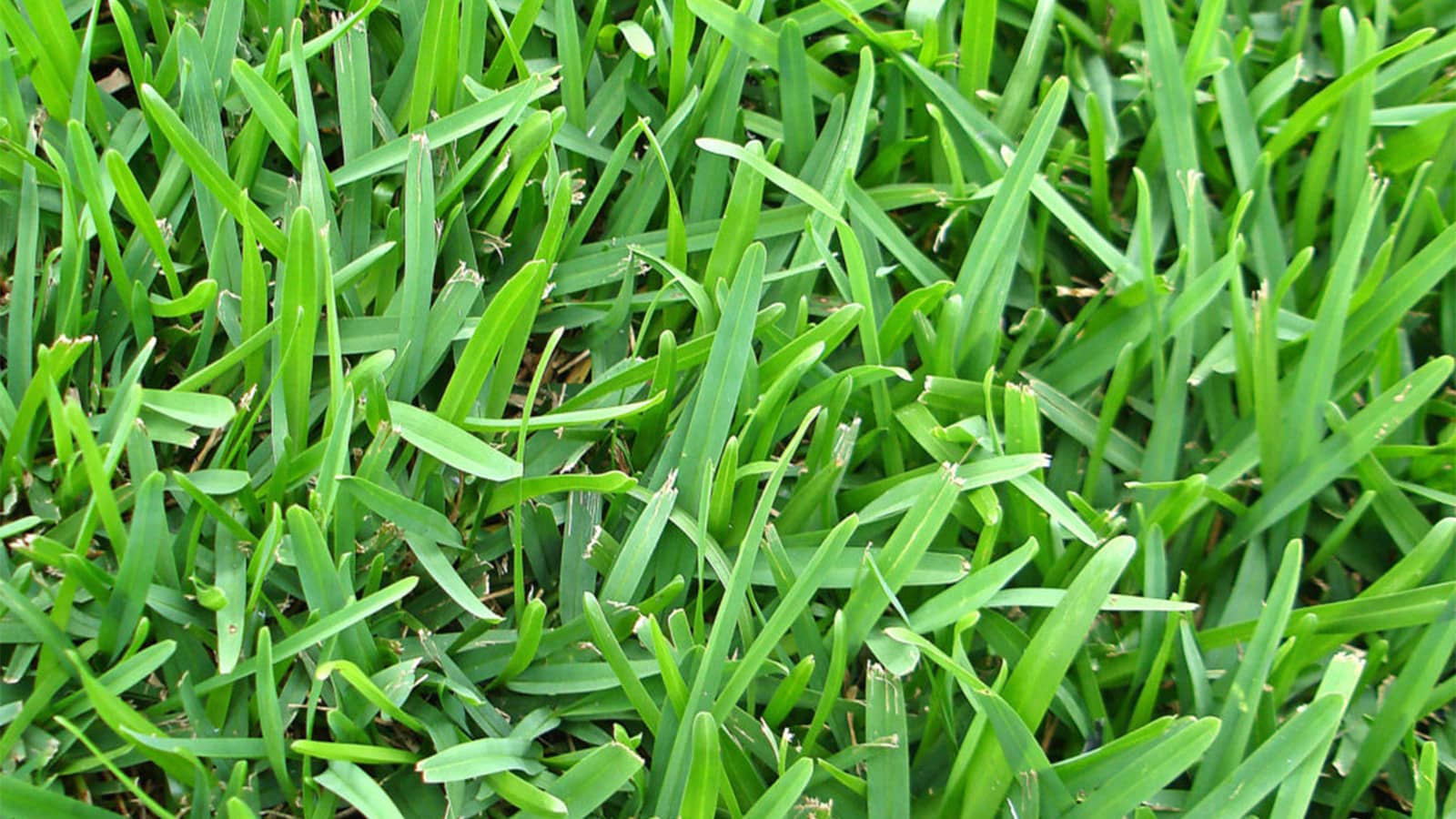

Landscaping Ideas
What Kind Of Grass Is St. Augustine
Modified: February 18, 2024
Discover the best landscaping ideas for St. Augustine grass to create a lush, vibrant lawn. Learn how to care for and maintain this popular grass variety.
(Many of the links in this article redirect to a specific reviewed product. Your purchase of these products through affiliate links helps to generate commission for Storables.com, at no extra cost. Learn more)
Introduction
St. Augustine grass, known for its lush green color and ability to thrive in warm, coastal regions, is a popular choice for lawns in the southern United States. This warm-season grass, scientifically named Stenotaphrum secundatum, offers a range of benefits that make it an attractive option for homeowners and landscapers alike. Understanding the characteristics, ideal growing conditions, maintenance requirements, and potential challenges associated with St. Augustine grass is essential for cultivating a vibrant and resilient lawn. In this comprehensive guide, we will delve into the fascinating world of St. Augustine grass, exploring its unique traits, optimal care practices, and solutions to common issues, empowering you to nurture a thriving and verdant lawn that will be the envy of the neighborhood. Let's embark on this green journey and unlock the secrets of St. Augustine grass together.
Key Takeaways:
- St. Augustine grass is a vibrant, resilient option for southern lawns, thriving in warm, coastal climates with its lush, dense growth and salt tolerance. It requires proactive care to combat pests and diseases.
- To cultivate a thriving St. Augustine grass lawn, homeowners should provide ample sunlight, well-draining soil, and strategic watering. Regular mowing, targeted fertilization, and pest management are essential for maintaining its vitality and visual allure.
Characteristics of St. Augustine Grass
St. Augustine grass is renowned for its vibrant emerald hue and lush, dense growth, making it a visually appealing choice for lawns. This warm-season grass boasts broad, flat blades that create a carpet-like appearance, enhancing the aesthetic appeal of outdoor spaces. Its ability to tolerate partial shade sets it apart from other warm-season grasses, making it a versatile option for landscapes with varying sun exposure. Additionally, St. Augustine grass exhibits excellent salt tolerance, making it well-suited for coastal areas where soil salinity can be a concern.
Beyond its visual allure, St. Augustine grass offers impressive resilience, demonstrating a robust capacity to recover from damage caused by foot traffic, making it an excellent choice for family-friendly lawns. Its rapid horizontal growth pattern enables it to fill in bare patches efficiently, creating a uniform and verdant expanse. This grass variety also features a dense root system, contributing to its ability to withstand drought conditions and recover swiftly from water stress.
Another notable characteristic of St. Augustine grass is its adaptability to a range of soil types, including sandy and clay soils, further enhancing its appeal for homeowners seeking a low-maintenance yet visually striking lawn. Despite its numerous advantages, it is important to note that St. Augustine grass is susceptible to certain pests and diseases, necessitating proactive management to ensure its long-term health and vitality.
Ideal Growing Conditions for St. Augustine Grass
St. Augustine grass thrives in warm, humid climates, making it particularly well-suited for regions with mild winters and long, hot summers. This grass variety flourishes in USDA hardiness zones 8-10, encompassing coastal areas and southern regions where temperatures remain consistently warm throughout the growing season. When establishing St. Augustine grass, it is crucial to select a planting site that receives ample sunlight, as this grass variety performs best in areas with full to partial sun exposure. While it exhibits impressive shade tolerance compared to other warm-season grasses, providing at least 6 hours of direct sunlight daily is optimal for promoting robust growth and lush foliage.
When it comes to soil preferences, St. Augustine grass favors well-draining soils with a slightly acidic to neutral pH range, typically between 6.0 and 7.5. While it can adapt to various soil types, including sandy and clay soils, ensuring proper drainage is essential to prevent waterlogging, which can impede root development and lead to fungal issues. Prior to planting St. Augustine grass, conducting a soil test can provide valuable insights into the soil composition and pH levels, guiding any necessary amendments to optimize growing conditions.
For successful establishment and ongoing vitality, St. Augustine grass requires adequate moisture, particularly during the initial stages of growth. Regular watering is essential to facilitate root development and promote healthy turf density. However, it is important to strike a balance, as overwatering can increase the risk of disease and pest infestations while under-watering can result in stress and diminished vigor. Applying approximately 1 inch of water per week, either through rainfall or irrigation, is generally sufficient to sustain St. Augustine grass, with adjustments made based on local climate conditions and seasonal variations.
Furthermore, incorporating a comprehensive fertilization regimen tailored to the specific nutrient requirements of St. Augustine grass is pivotal for fostering robust growth and vibrant coloration. Selecting a high-quality, balanced fertilizer with a formulation designed for warm-season grasses can provide the essential nutrients needed to support healthy root development, foliage growth, and overall resilience. By adhering to a well-defined fertilization schedule and utilizing appropriate products, homeowners can nurture a thriving St. Augustine lawn that exudes lushness and vitality.
Maintenance and Care Tips for St. Augustine Grass
Maintaining a vibrant and resilient St. Augustine grass lawn entails a combination of proactive care practices, including mowing, watering, fertilization, and pest management. Adhering to a well-structured maintenance regimen is essential for nurturing healthy turf that can withstand environmental stressors and maintain its visual allure throughout the growing season.
When it comes to mowing, it is recommended to maintain St. Augustine grass at a height of approximately 3 to 4 inches, adjusting the frequency based on the rate of growth and seasonal variations. Regular mowing not only ensures a manicured appearance but also promotes lateral growth, contributing to a denser and more robust turf. It is important to avoid removing more than one-third of the grass blade length in a single mowing session to prevent stress and maintain optimal vigor.
Watering practices play a pivotal role in the overall health and vitality of St. Augustine grass. While this grass variety exhibits a degree of drought tolerance, providing consistent moisture is crucial, particularly during periods of insufficient rainfall. Deep, infrequent watering is preferred over frequent, shallow irrigation, as it encourages deep root development and enhances the grass’s resilience to dry spells. Additionally, adjusting the watering frequency based on seasonal weather patterns and precipitation levels is essential for optimizing moisture levels and preventing water stress.
Fertilization is a key component of St. Augustine grass care, as it provides essential nutrients that support vigorous growth and vibrant coloration. Applying a high-quality, slow-release fertilizer formulated specifically for warm-season grasses can fortify the turf against environmental stressors and promote lush, dense foliage. It is advisable to conduct a soil test to determine the specific nutrient needs of the lawn, enabling targeted fertilization that aligns with the grass’s requirements and the soil’s composition.
Pest and disease management is integral to preserving the health and aesthetic appeal of St. Augustine grass. Regular monitoring for signs of common pests, such as chinch bugs and sod webworms, allows for early intervention and targeted treatments to mitigate potential damage. Additionally, practicing good lawn hygiene, such as removing thatch and minimizing excessive thatch accumulation, can reduce the risk of pest infestations and fungal issues. Implementing integrated pest management strategies that encompass cultural, biological, and chemical control measures can safeguard the lawn while minimizing environmental impact.
By incorporating these maintenance and care tips into a comprehensive lawn care routine, homeowners can cultivate a thriving St. Augustine grass lawn that radiates vibrancy and resilience, elevating the outdoor living experience and enhancing the beauty of the landscape.
Common Problems and Solutions for St. Augustine Grass
While St. Augustine grass exhibits impressive resilience and adaptability, it is susceptible to certain issues that can impact its health and visual appeal. Understanding the common problems that may arise and implementing effective solutions is crucial for preserving the vitality of this warm-season grass and nurturing a lush, vibrant lawn.
Read more: What Grass To Mix With St. Augustine
1. Pest Infestations:
Chinch bugs and sod webworms are among the most prevalent pests that can afflict St. Augustine grass, causing visible damage to the turf. To mitigate pest infestations, regular monitoring for signs of pest activity, such as yellowing or thinning patches of grass, is essential. Implementing integrated pest management practices, including the use of targeted insecticides and promoting natural predators, can help control pest populations while minimizing environmental impact.
2. Fungal Diseases:
St. Augustine grass is susceptible to fungal diseases, such as brown patch and gray leaf spot, particularly in conditions of high humidity and excessive moisture. To combat fungal issues, promoting proper air circulation through adequate spacing between grass blades and selective pruning of overhanging vegetation can reduce the risk of disease development. Additionally, applying fungicidal treatments as a preventative measure during periods of heightened disease susceptibility can help safeguard the lawn against fungal infections.
3. Weed Encroachment:
Weed infestation can detract from the visual appeal of St. Augustine grass, necessitating proactive weed management measures. Implementing pre-emergent herbicide applications during the appropriate seasonal windows can prevent weed seeds from germinating, reducing the likelihood of weed encroachment. Additionally, targeted post-emergent herbicide treatments can effectively control existing weeds while minimizing impact on the desirable grass species.
4. Nutrient Deficiencies:
Inadequate nutrient levels can compromise the health and vigor of St. Augustine grass, leading to diminished growth and lackluster coloration. Conducting a comprehensive soil test to assess the lawn’s nutrient status and subsequently applying a balanced fertilizer tailored to the grass’s specific requirements can address nutrient deficiencies and promote robust turf growth. Regular fertilization based on the grass’s seasonal needs can sustain optimal nutrient levels and support vibrant foliage.
Read more: What Is The Best St. Augustine Grass
5. Soil Compaction:
Soil compaction can impede root development and hinder the overall health of St. Augustine grass. Aerating the lawn to alleviate soil compaction and enhance root penetration can improve nutrient uptake and water absorption, fostering a healthier and more resilient turf. Core aeration, performed at appropriate intervals, can alleviate soil compaction and promote a thriving root system.
By proactively addressing these common problems through targeted solutions and diligent lawn care practices, homeowners can nurture a flourishing St. Augustine grass lawn that radiates vitality and visual allure, enriching the outdoor environment and providing a lush, inviting backdrop for leisure and recreation.
Conclusion
In conclusion, St. Augustine grass stands as a resilient and visually captivating warm-season grass variety that thrives in warm, coastal climates, adding a touch of lush elegance to landscapes. Its broad, flat blades and vibrant green hue contribute to its aesthetic appeal, while its adaptability to partial shade and salt tolerance further enhance its desirability for homeowners seeking a versatile and visually striking lawn option. Understanding the ideal growing conditions, maintenance requirements, and potential challenges associated with St. Augustine grass is paramount for fostering a thriving and resilient lawn that serves as a vibrant centerpiece of outdoor spaces.
By embracing the ideal growing conditions, including ample sunlight, well-draining soils, and appropriate moisture levels, homeowners can establish a robust foundation for St. Augustine grass to flourish. Implementing proactive maintenance and care practices, such as regular mowing, strategic watering, targeted fertilization, and pest management, is essential for nurturing healthy turf that exudes vitality and resilience. Additionally, addressing common problems, such as pest infestations, fungal diseases, weed encroachment, nutrient deficiencies, and soil compaction, through effective solutions and diligent lawn care practices is pivotal for preserving the health and visual allure of St. Augustine grass.
Ultimately, cultivating a thriving St. Augustine grass lawn entails a harmonious blend of attentive care, proactive management, and a deep appreciation for the unique traits and requirements of this warm-season grass variety. By leveraging the insights and strategies presented in this guide, homeowners can embark on a green journey that culminates in a verdant and inviting outdoor haven, where the lush beauty of St. Augustine grass takes center stage, enriching the landscape and elevating the outdoor living experience for all to enjoy.
Frequently Asked Questions about What Kind Of Grass Is St. Augustine
Was this page helpful?
At Storables.com, we guarantee accurate and reliable information. Our content, validated by Expert Board Contributors, is crafted following stringent Editorial Policies. We're committed to providing you with well-researched, expert-backed insights for all your informational needs.
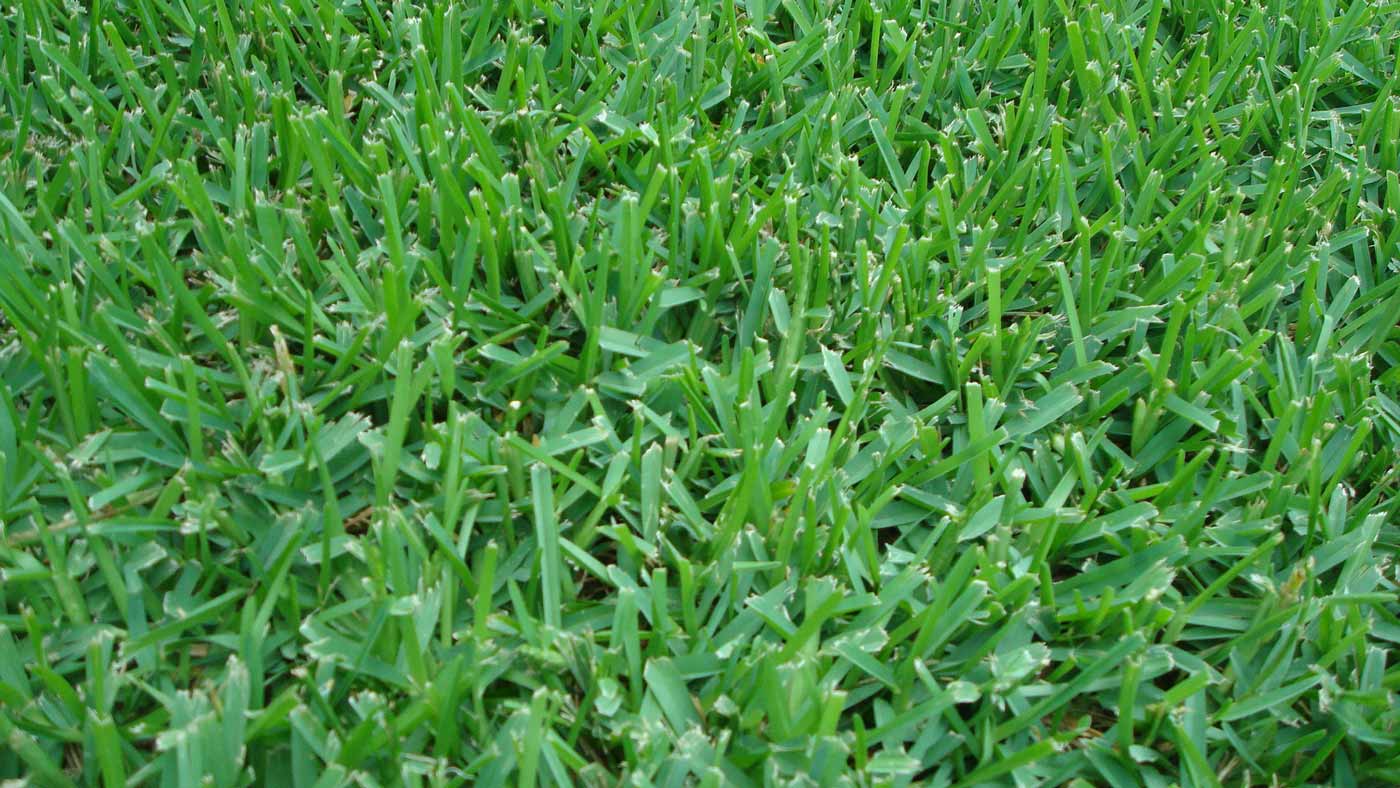
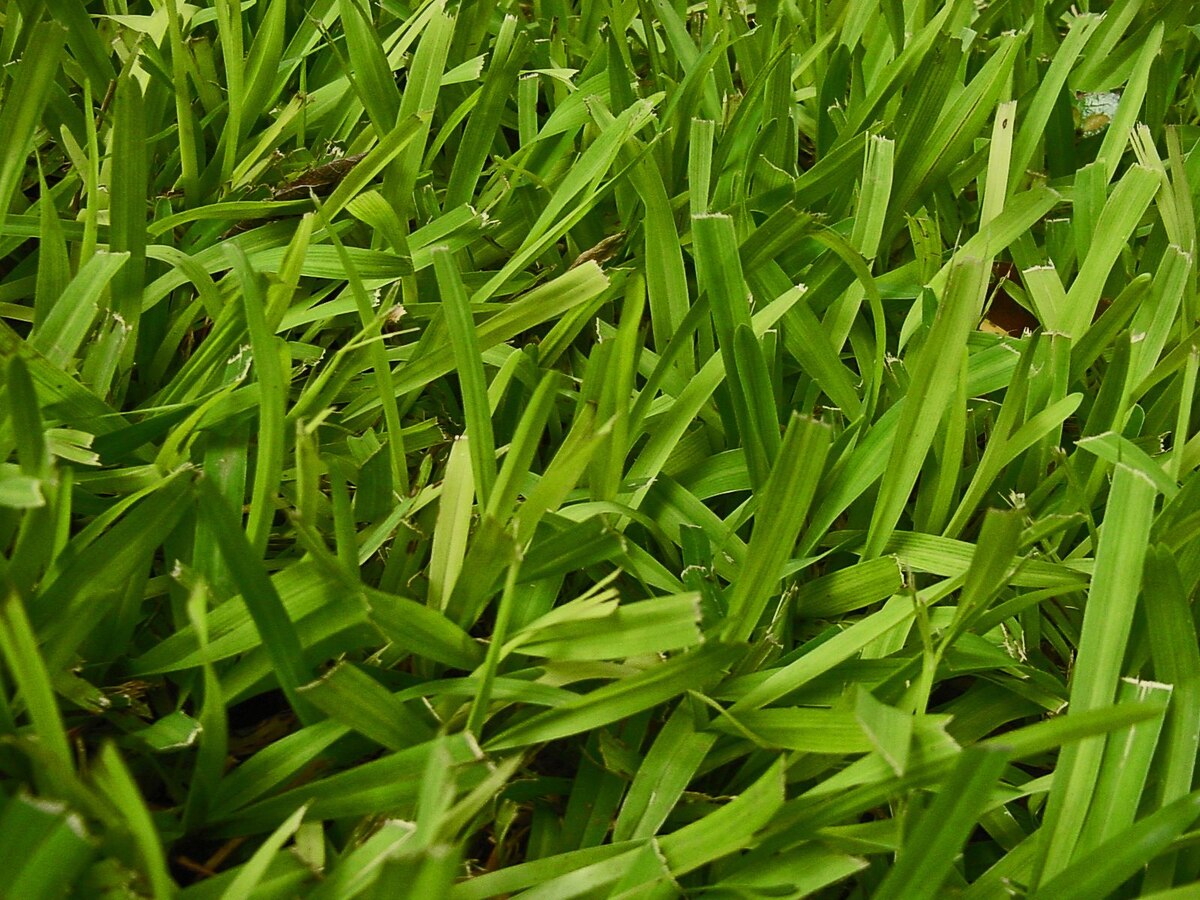
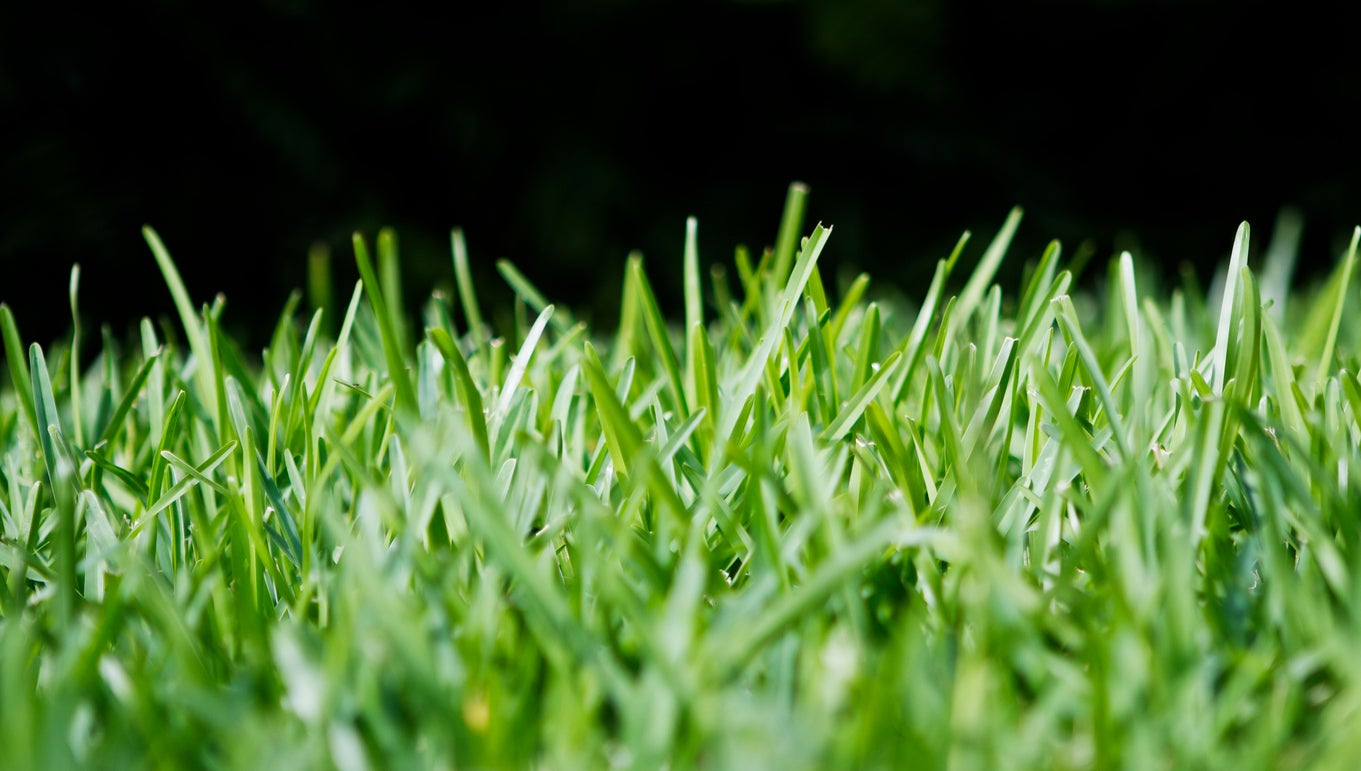
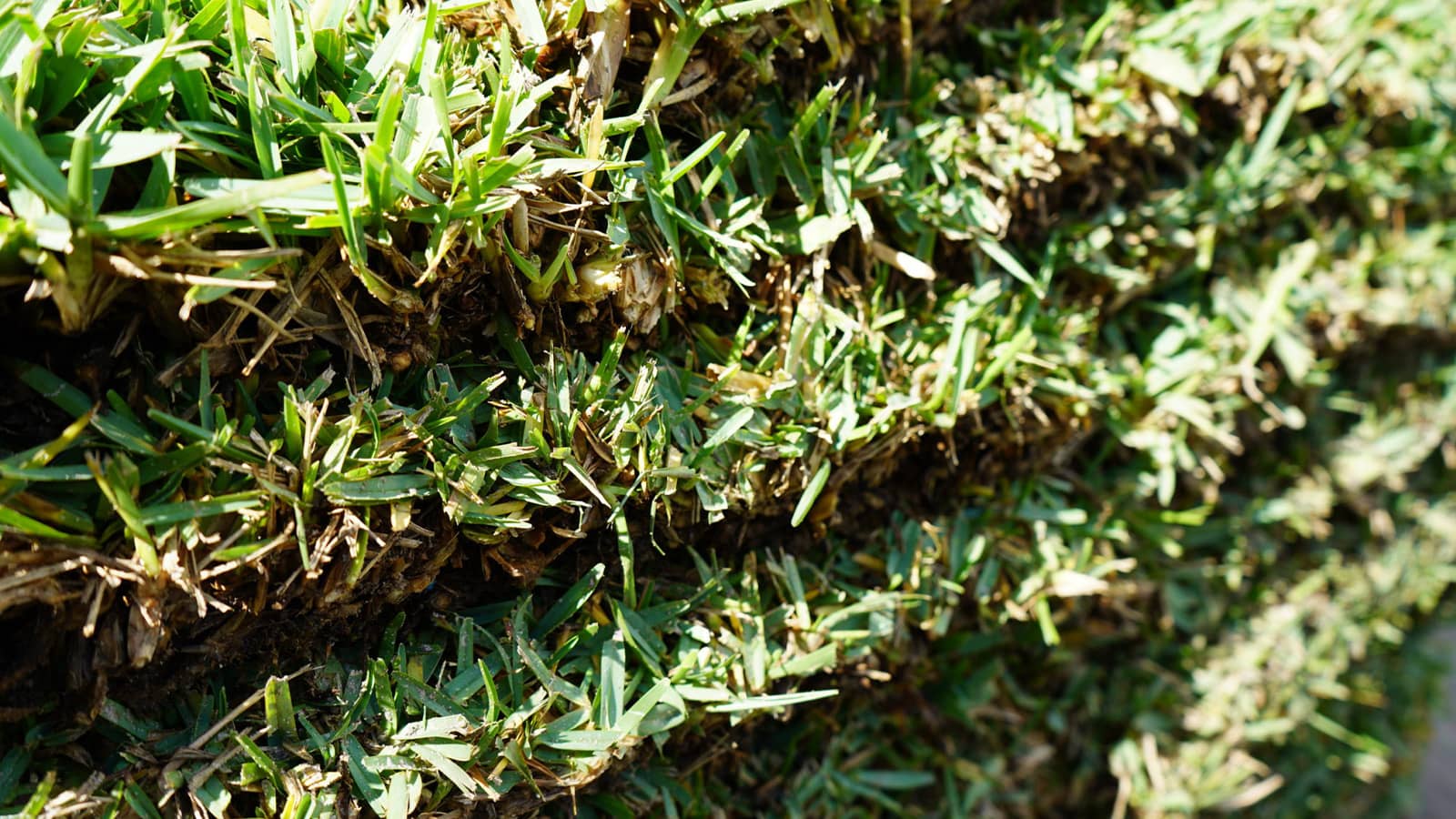
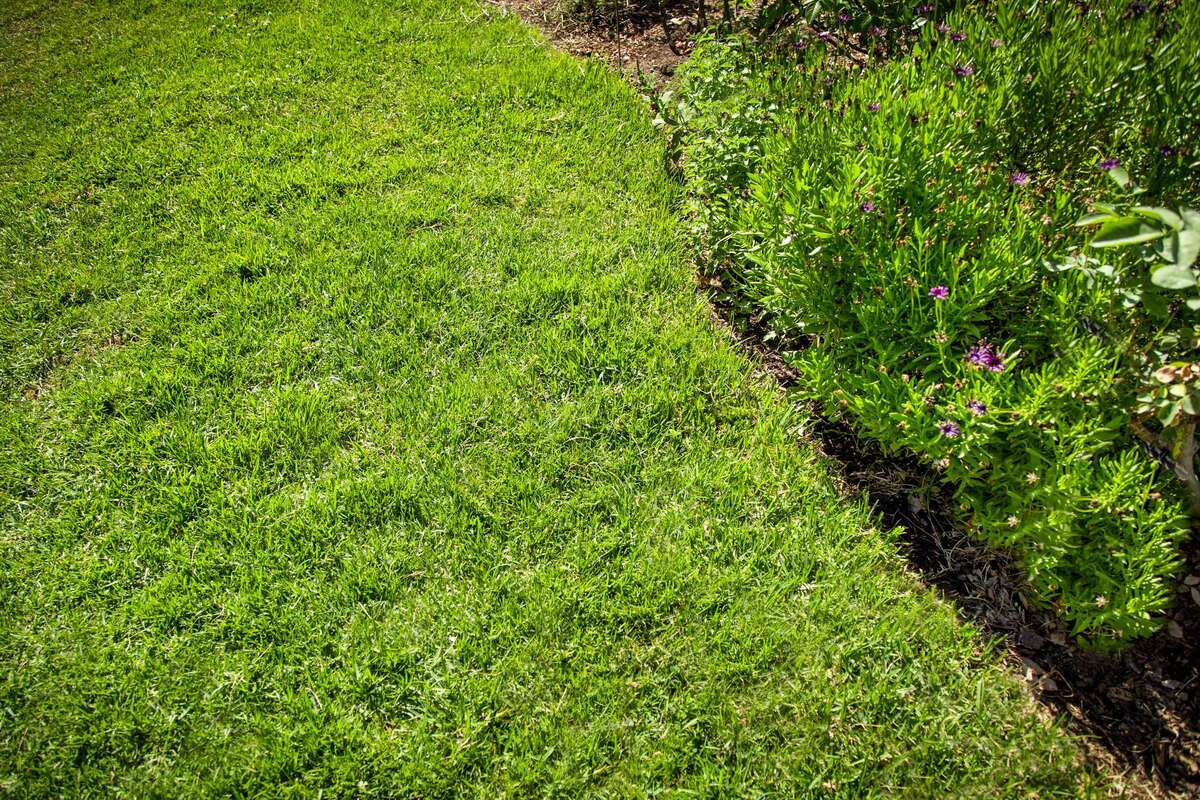
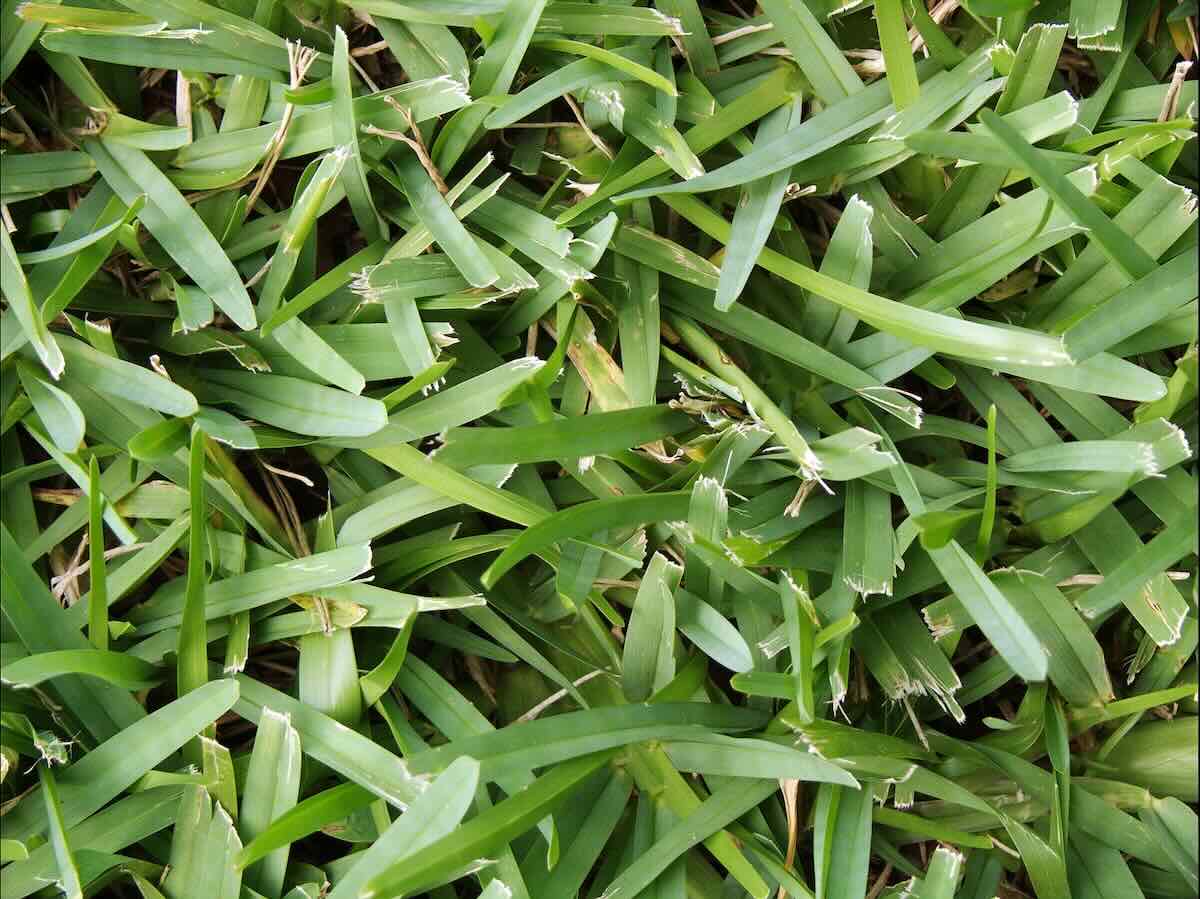
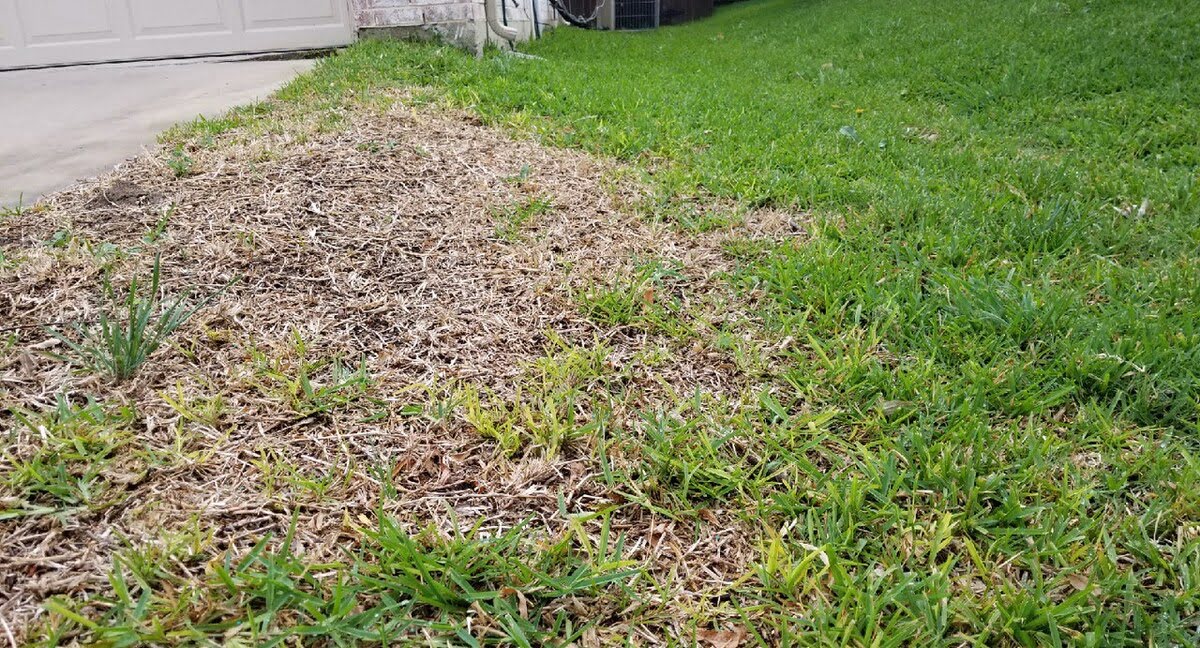
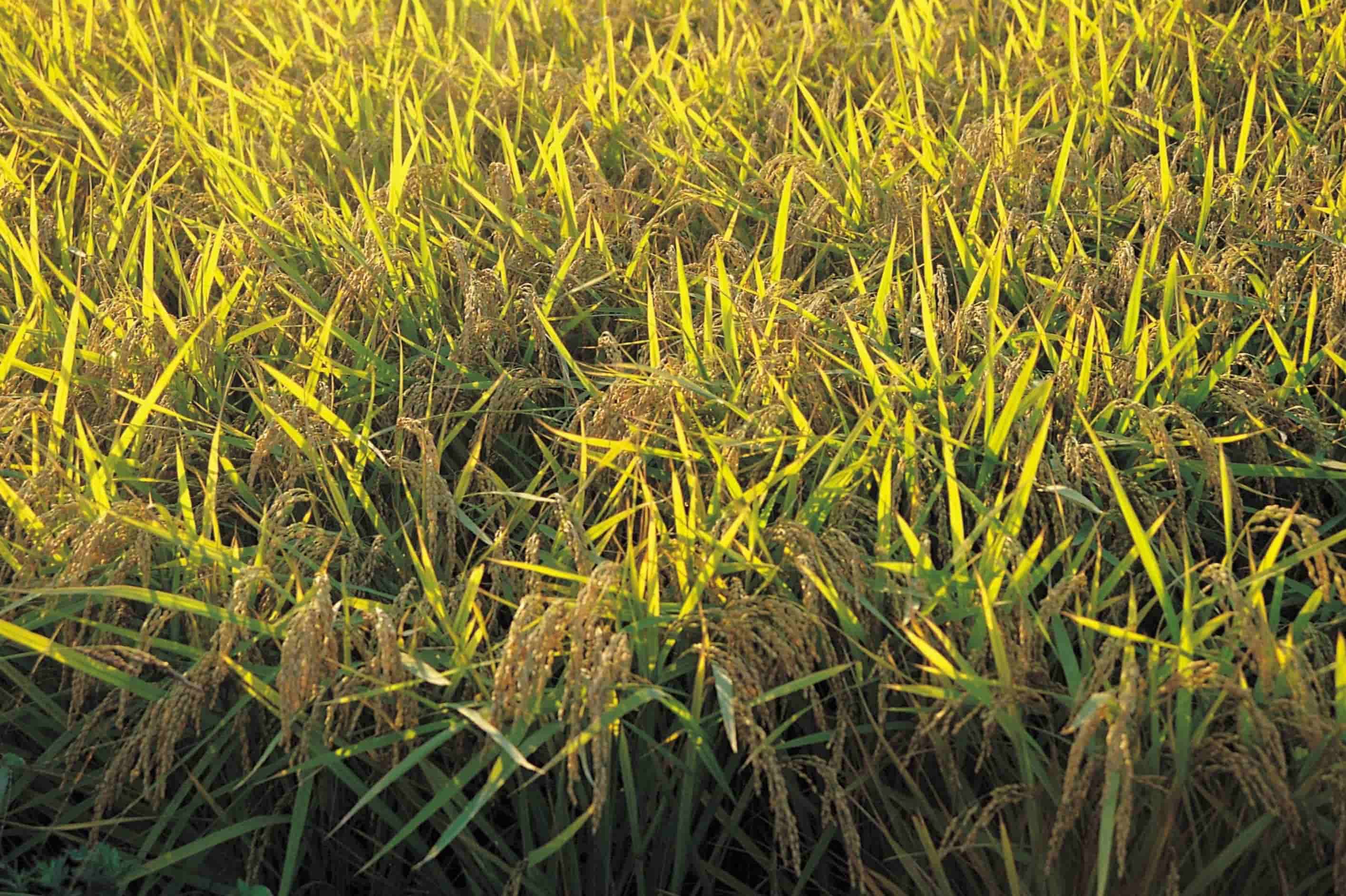
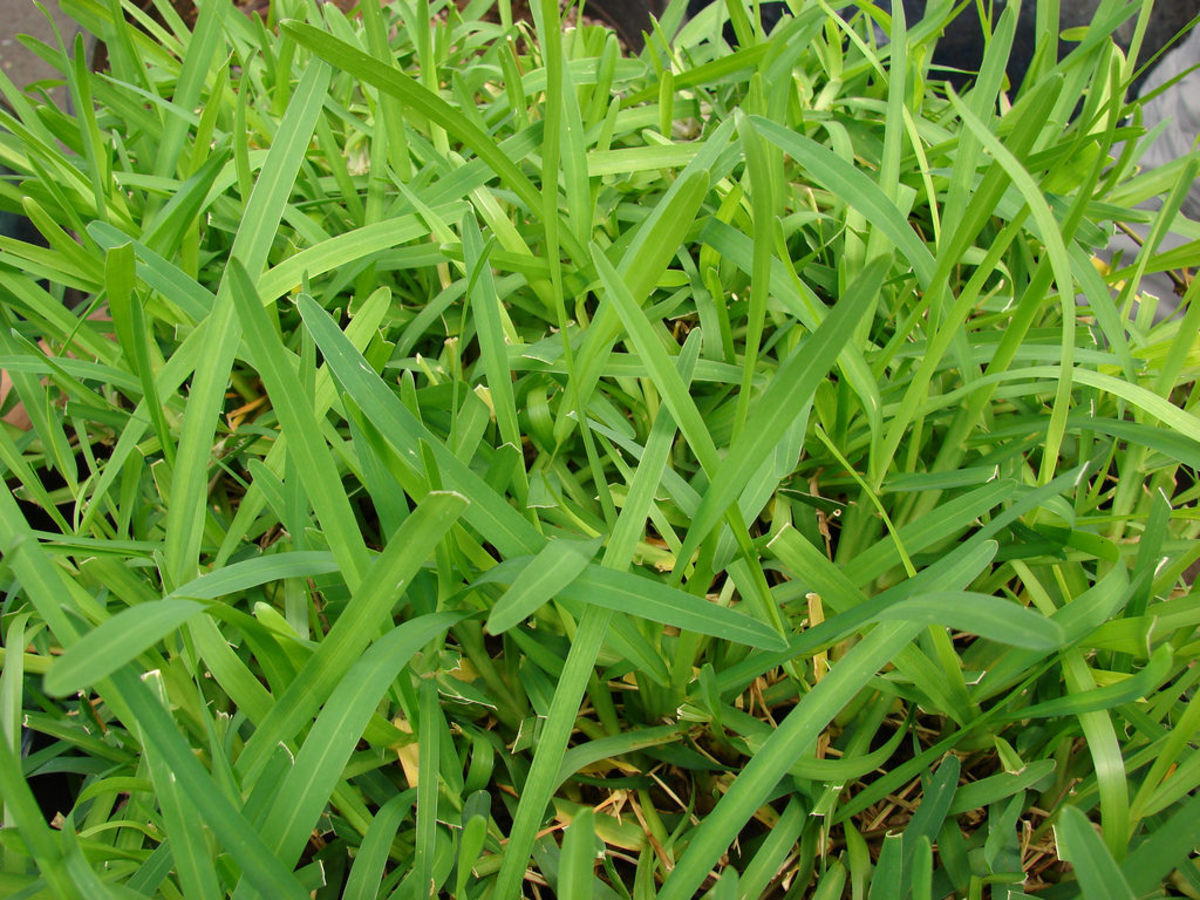
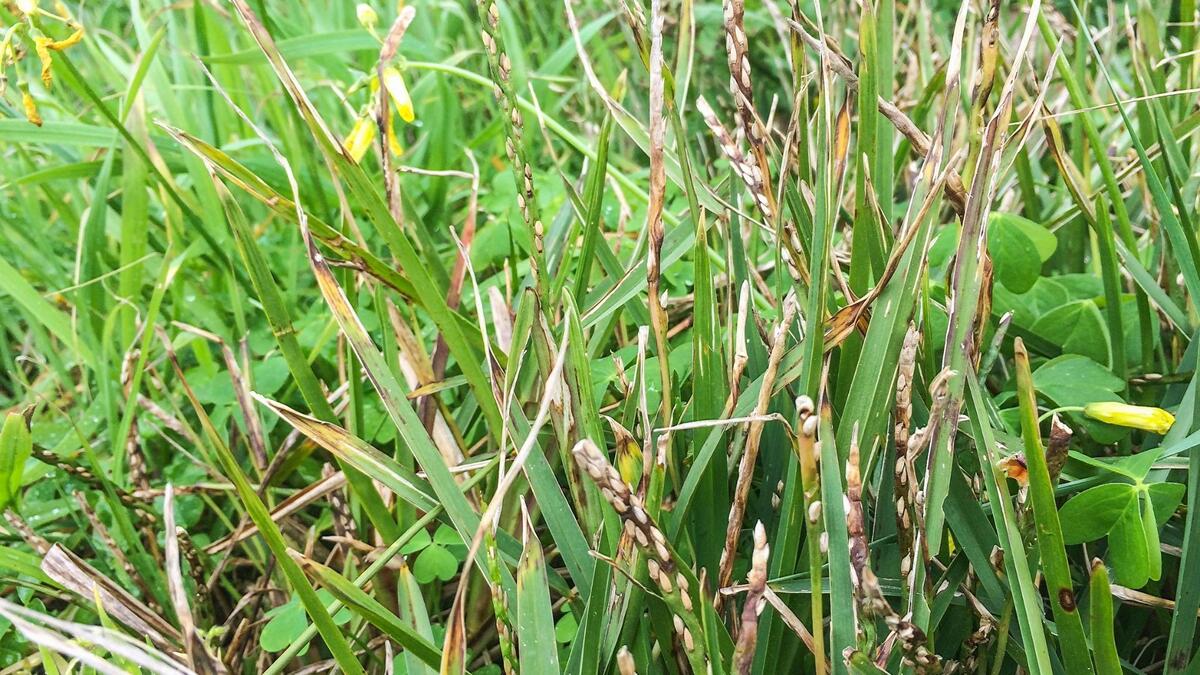
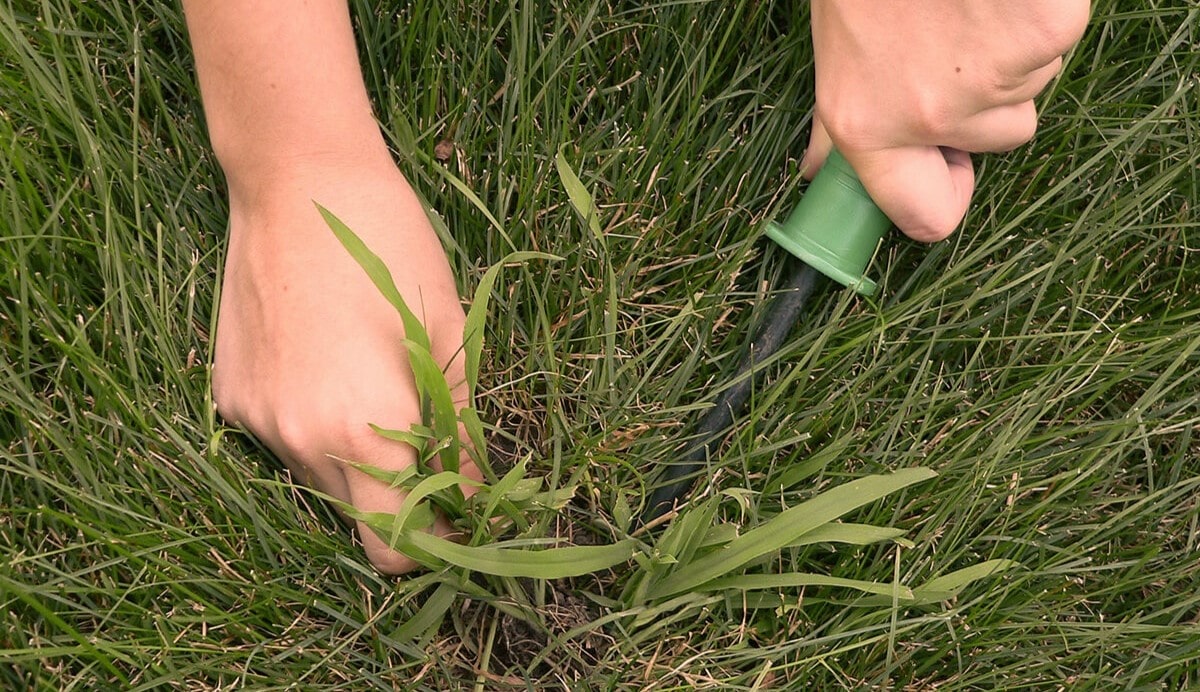
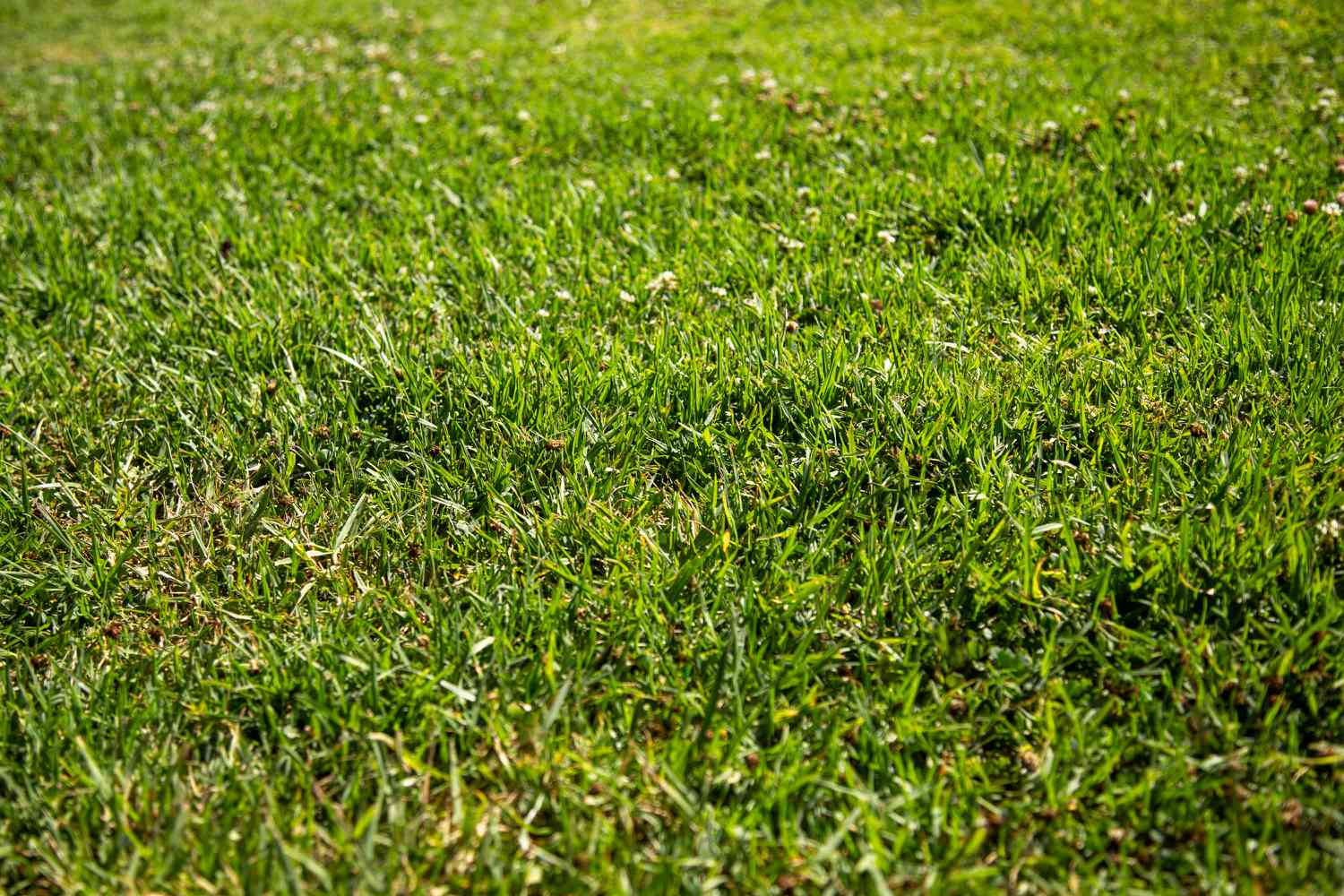
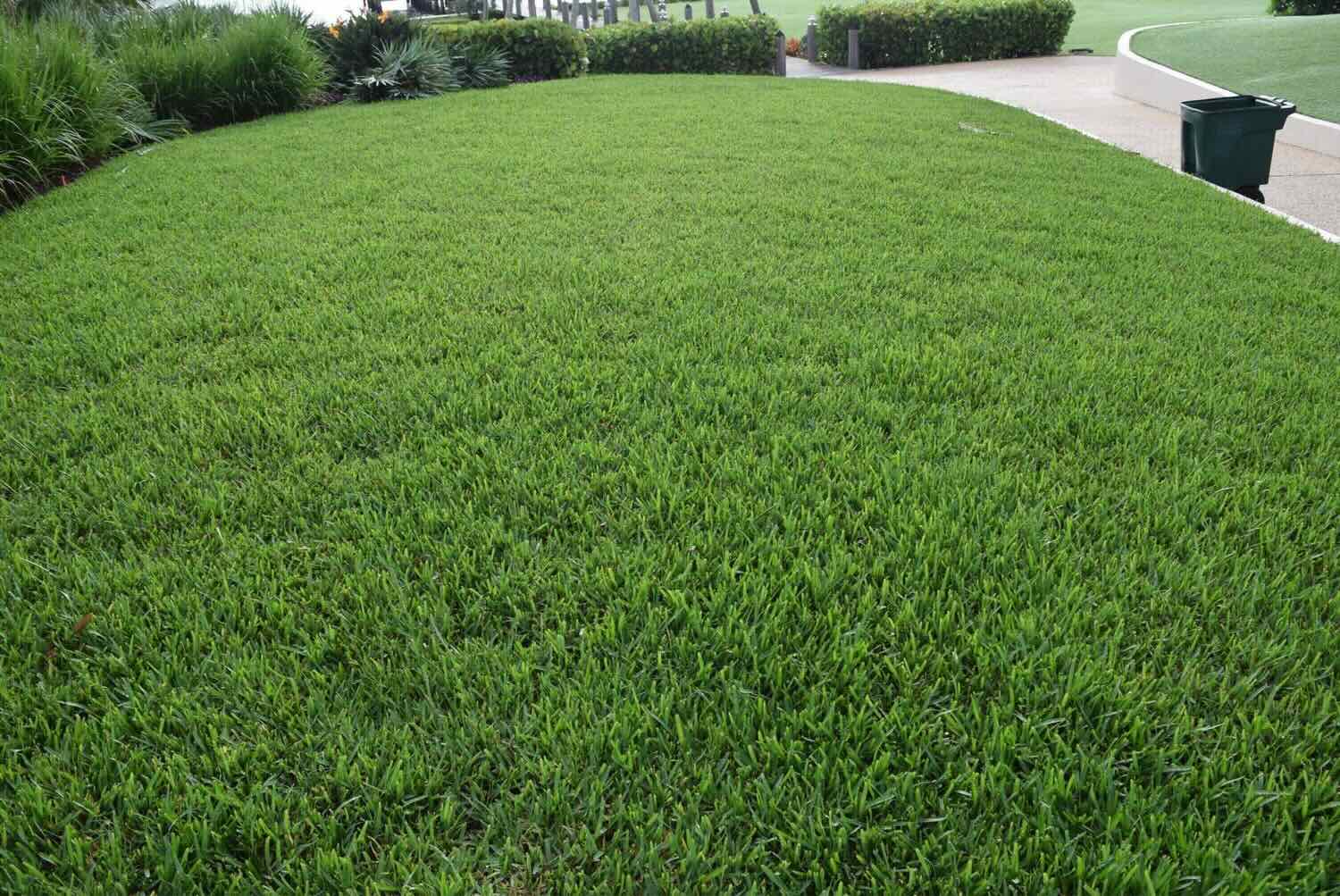

0 thoughts on “What Kind Of Grass Is St. Augustine”